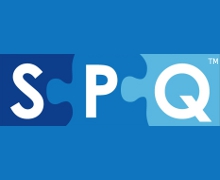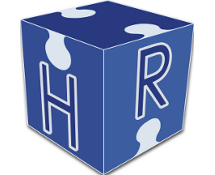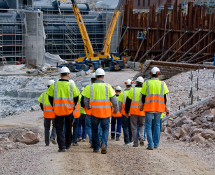Safety + Health – Falls account for the greatest number of workplace fatalities in the country and, as a result, fall protection plans are a must. While most organizations take steps to protect workers from falls, many ignore the hazards associated with the prolonged suspension that workers experience after a fall.
Suspension trauma, otherwise known as orthostatic intolerance, results from prolonged suspension within a full-body harness. Within a few minutes of a fall, blood flow in the legs is cut off, and the blood begins to accumulate in the veins. This results in dizziness, weakness, sweating, fainting, and possibly death. It is therefore critical for every employer to have a rescue plan in place outlining the procedures to retrieve a fallen worker quickly and safely.
OSHA regulation 29 CFR 1926.502(d)(20) requires prompt rescue in the event of a fall in order to prevent suspension trauma and other related dangers. Furthermore, ANSI Z359.2-2007 Fall Protection Code recommends a fallen worker is retrieved within 6 minutes after the initial fall in order to reduce the risk of harm.
While retrieving a fallen worker is the most effective way to avoid suspension trauma, there are a couple tools companies can utilize to reduce the potential for further danger. Suspension trauma relief steps provide footholds for fallen workers to use in order to stand up and stretch their legs. This increases the circulation and blood flow, thus reducing the amount of stagnant blood. This tool helps delay the onset of suspension trauma for a fallen worker.
Another tool a company can use is an integrated self-rescue device that attaches to your full body harness. The device is packed into a small backpack attached to the full body harness and requires a full fall protection system or anchor point to work. Allowing for a controlled descent to the ground after a fall, the integrated self-rescue device allows workers to safely ground themselves without having to wait for a retrieval team to rescue them. However, this type of fall protection relies on the fallen employee to remain conscious after the fall.
While there are a few tools to look into, a rescue plan outlining retrieval procedures remains essential to creating a well-rounded and complete fall protection plan. If you have any questions or concerns regarding your fall protection plan, or are in need of fall protection training on the job site, feel free to contact The Integrated Group at 425-822-8500 or info@theintegratedgroup.com






No comments yet.